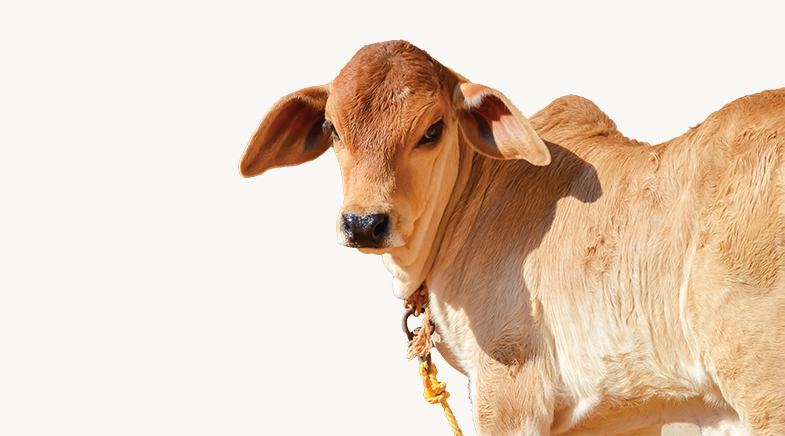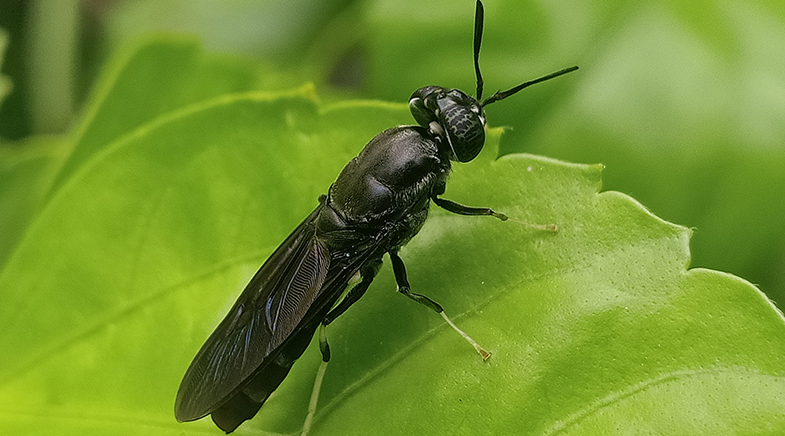Cell’s got the number
-
- from Shaastra :: vol 03 issue 09 :: Oct 2024

Researchers have engineered synthetic bacteria that solve math problems.
In the final year of his Chemical Engineering course at Calcutta University, Sangram Bagh opened the pages of Michael Crichton's Jurassic Park — and began a scientific journey to explore biology through engineering. Bagh soon realised he was not the only one inspired by the 1990 bestseller. Many of his senior colleagues, and even his research supervisor, had been stirred by the sci-fi novel and transitioned into biology from other disciplines. Today, Bagh, a synthetic biology researcher at the Saha Institute of Nuclear Physics (SINP) in Kolkata, leads a team that has genetically engineered bacteria capable of identifying prime numbers and vowels — a finding that seems straight out of science fiction.
In synthetic biology, researchers can design bio-elements similar to those of engineering disciplines. The SINP group thought of making intelligent machines using bio-cells. "It is also possible to build these bio-cells as a computer and as an artificial intelligence agent as hardware instead of software," says Bagh.
The researchers have developed a modular multicellular system by combining genetically engineered bacterial cells. This system is programmed to solve computational decision problems. The engineered bacteria function like an artificial neurosynapse, which they call the 'Bactoneuron'. When these bacteria are cultured together, they form a simple neural network-like structure capable of performing computational tasks. As a proof of concept, the team built devices that operate as a full subtractor and a full adder. The system can also identify whether a number between 0 and 9 is prime and determine if a letter between A and L is a vowel. Additionally, they designed a system that calculates the maximum number of pie slices that can be made with a given number of straight cuts. This research holds potential for advancements in biocomputer technology and multicellular synthetic biology.
Bagh's group has created a library of Bactoneurons. These bacteria are mixed with various other elements for different tasks. "When Bactoneuron is mixed with certain elements, it performs one function; if you take some of them and mix them with different elements, they can perform a completely different function," explains Saswata Chakraborty, a member of Bagh's group. The team designed the system to work like LEGO blocks, using 14 engineered cells. By mixing and matching them in liquid culture, they could build specific problem-solving devices on demand, with 12 possible configurations.
PAST ISSUES - Free to Read


Have a
story idea?
Tell us.
Do you have a recent research paper or an idea for a science/technology-themed article that you'd like to tell us about?
GET IN TOUCH














